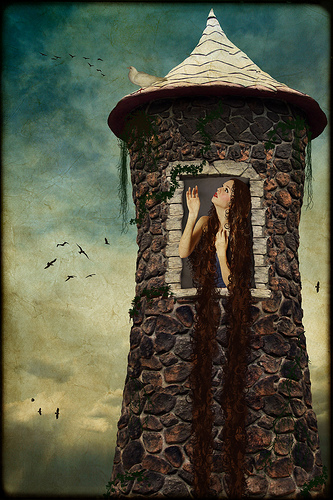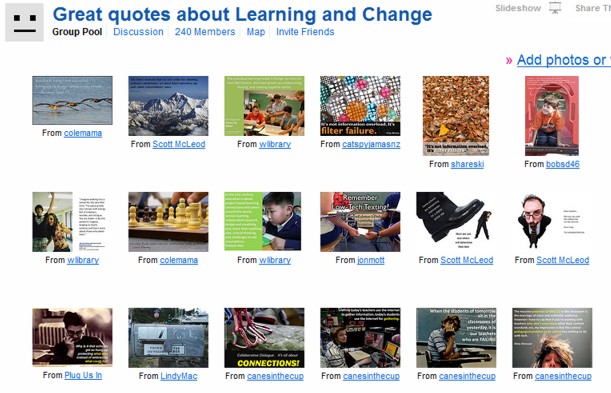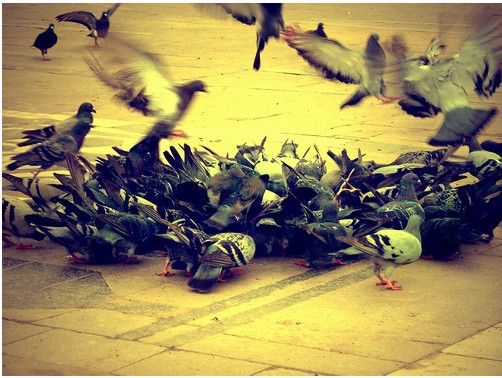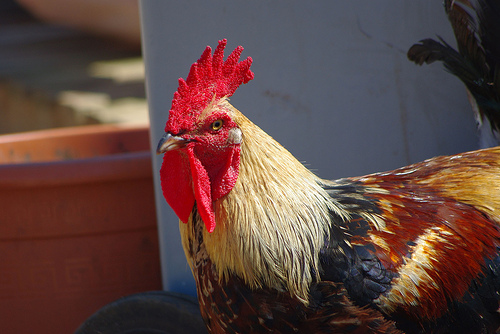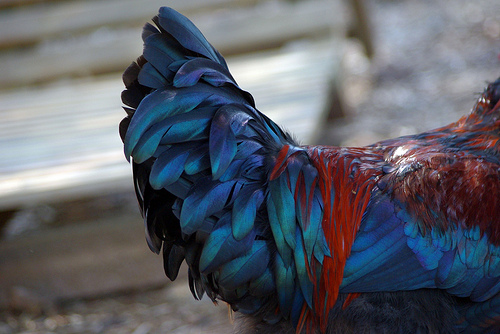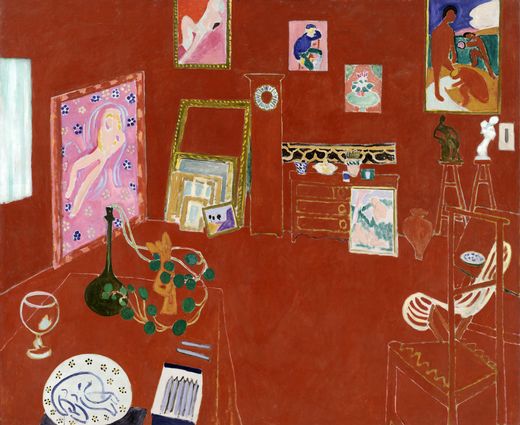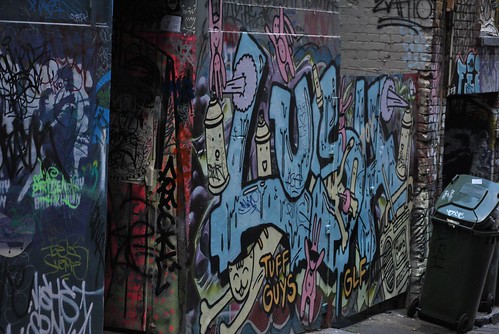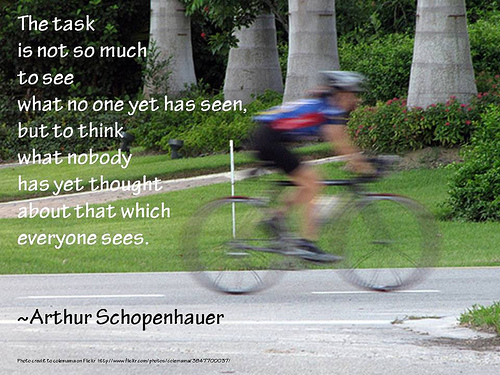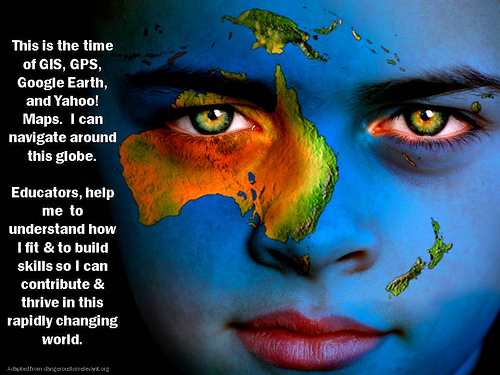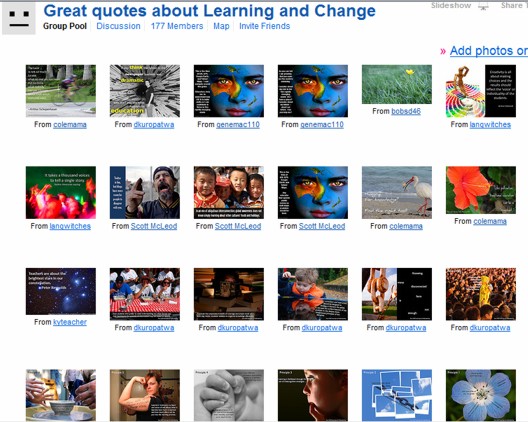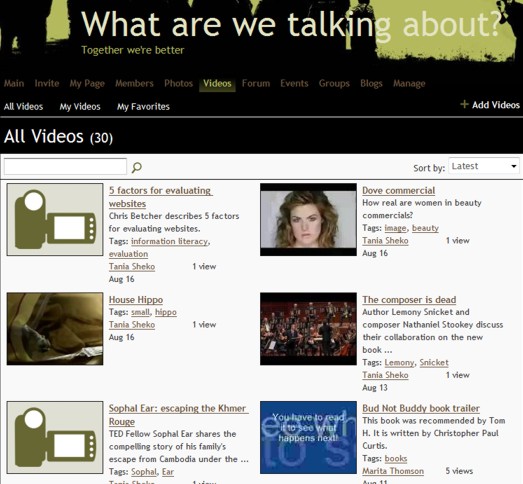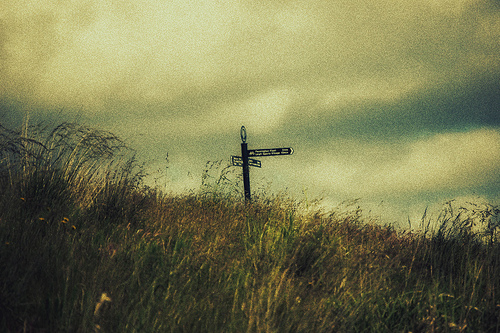Photo courtesy of GettysGirl on Flickr
Yesterday I accidentally deleted my Twitter account. As soon as it happened, I was in shock. I’d lost everything.
What have I lost?
Firstly, I can’t believe how much it’s upset me. How long have I been on Twitter? Not a year, surely. How important can it be? I’ve lived without it most of my life, after all.
I feel that I’ve lost a community. I realise now how important my network is to me, and think back to the months I’ve spent discovering people, reading their biographies, appreciating their passion, their individual interests and skills, following them.
What’s also interesting is that I’ve developed new behaviours. I suppose you do when you become seriously involved in something. Hang on, did I say seriously? I think it means more to me than I realised.
I’ve developed behaviours which are social, not technological. I’m not a techie, I stand behind Web 2.0 technologies because they connect me to people. I’ve started to behave consistently as someone who functions in a community. There is nothing I discover without wanting to share. There is no idea that comes to me, no emotion I feel, without wanting to tweet out to people and wait for a response.
I realise that the people I’ve gradually drawn into my network are like-minded, but also diverse. I love that about Twitter.
I never have to wait long to get a response. Any question, suggestion, query, frustration receives a response, and leaves me feeling supported. If there’s little or no support in the people in my immediate community, there’s plenty of it out there in the Twitterverse. The world has become smaller, closer. And I meet some of these people in person; online relationships sometimes go offline.
I’m inspired by the people in my network. Their links take me to amazing websites, blogs, wikis, photos, videos – an incredible array of shared creativity and countless hours of their time. They give me ideas and spur me on to follow my own passion as a learner and teacher.
I really don’t know what to do with myself. Yes, I use Facebook, but not everybody does. I had more people on Twitter, and just the other day Facebook was blocked at school, even for teachers. I really do feel like Rapunzel at school. I feel as if my lifeline has been cut off. Discovering resources, I save them into Diigo and Delicious, but I have nobody to show them to, to talk to them about. I’ve lost the real-time connection.
If people who are anti-Web 2.o applications could experience the richness of online communities, I think they would change their mind. Surely, the negativity and fear come only from the absence of experience, from media-created and anecdotal misinformation – all theory.
If I build you a network of people like you, you too would come to depend on it; you’d also miss it if you lost it.
I’m going to start from scratch. My old twitter username was taniasheko, but I’m not able to keep it, so I’ve created a new username from my maiden name. On Twitter I’m http://twitter.com/taniatorikova I had to create a new email address: taniasheko@gmail.com which I’ll use just for Twitter, and not anything else.
If you’re on Twitter, if you’ve followed me before, please follow me again once I’ve got a new account.

